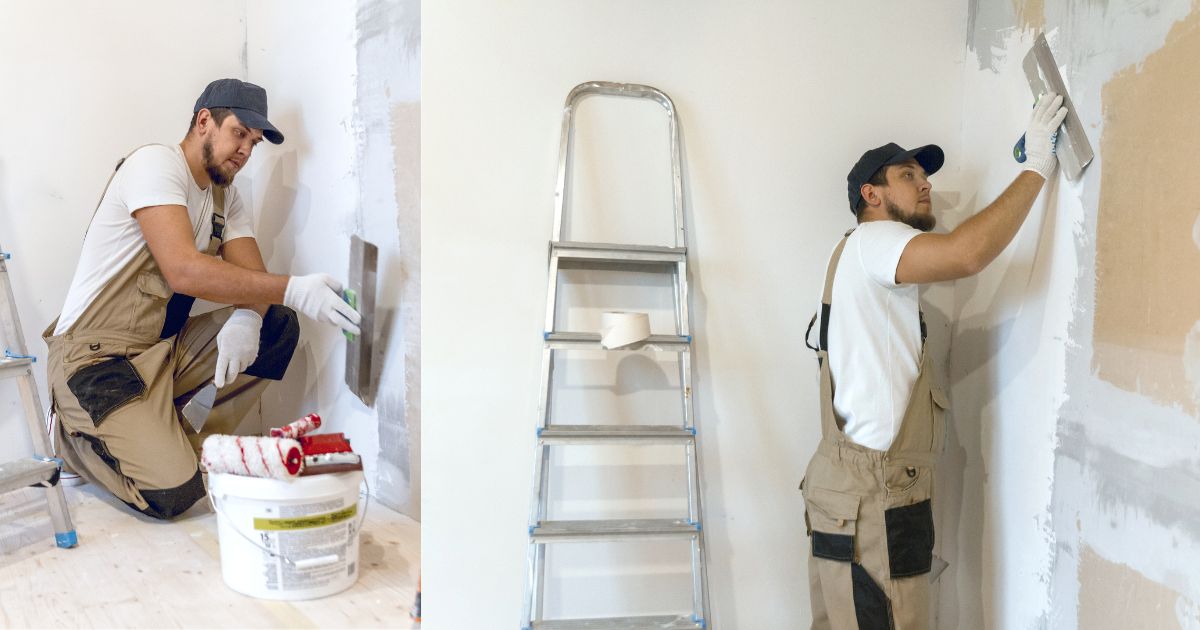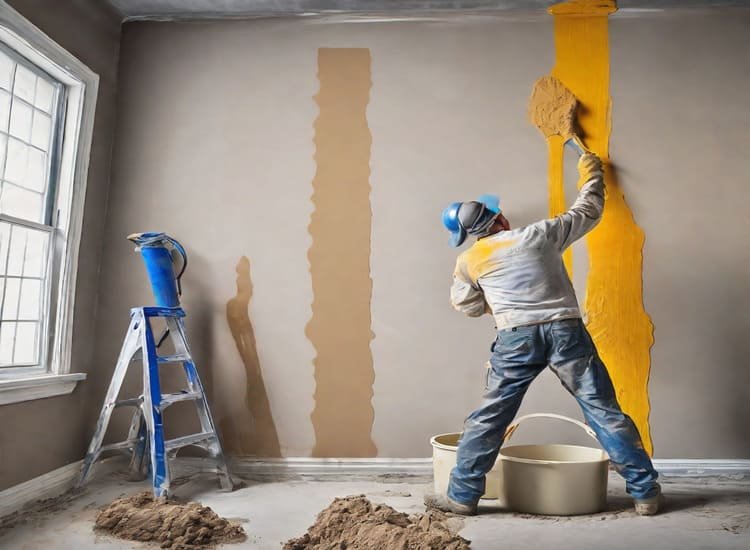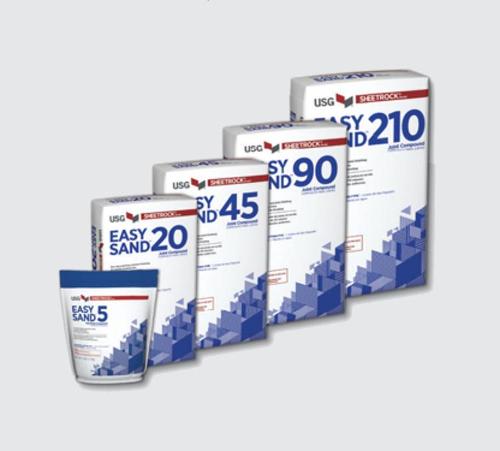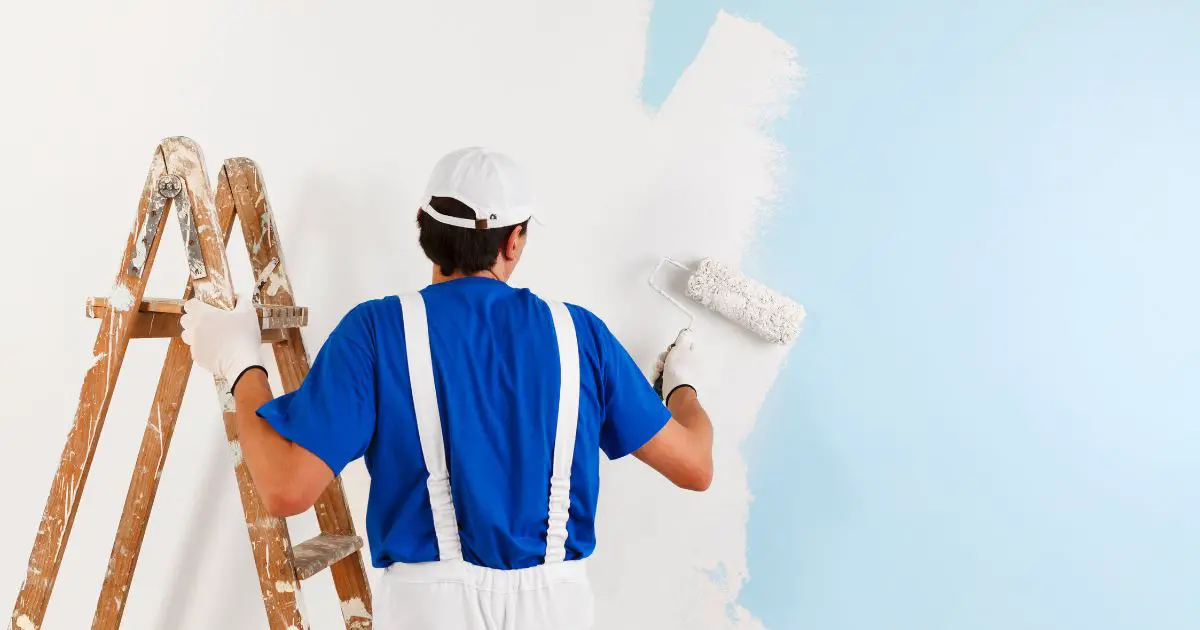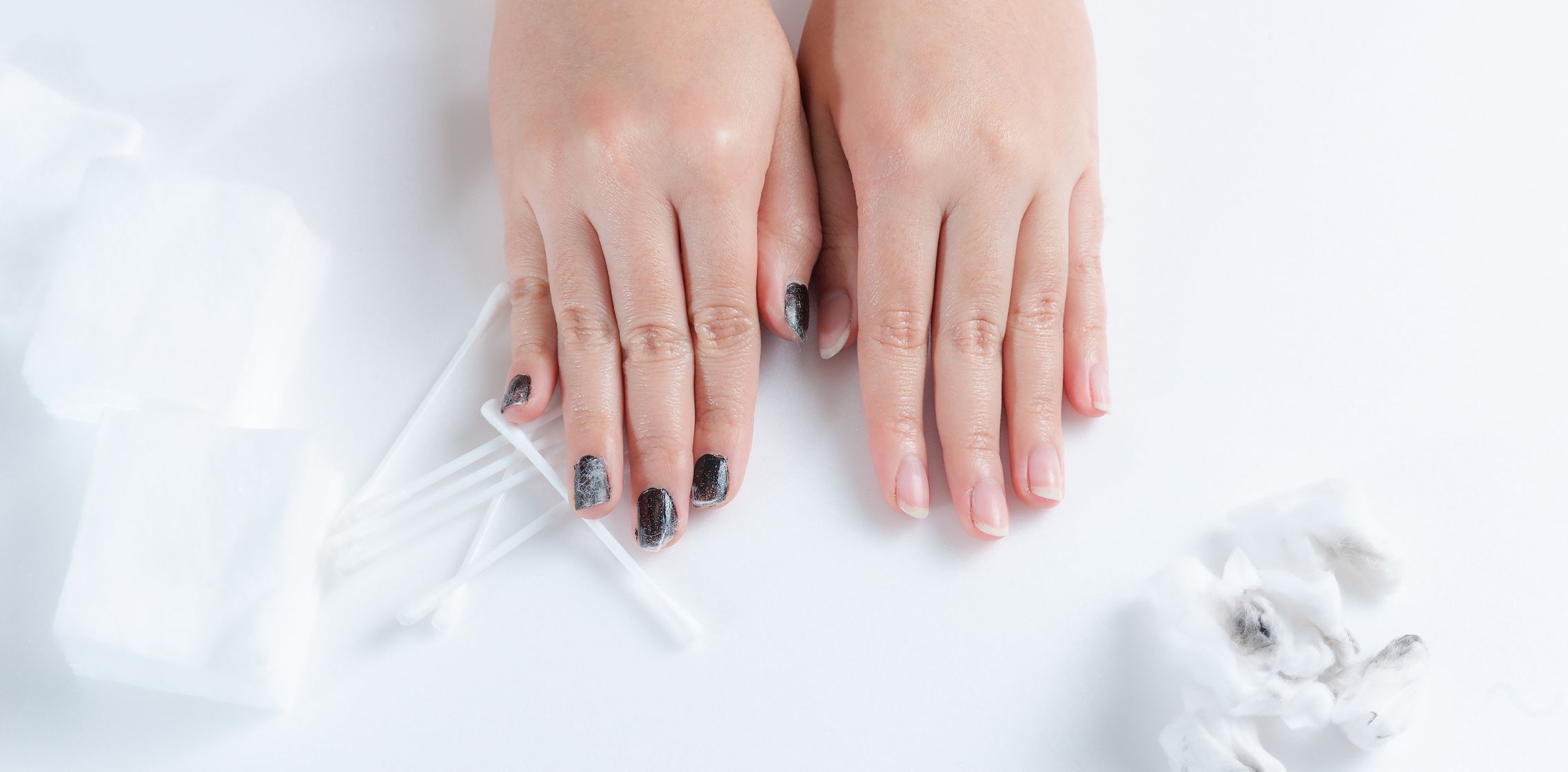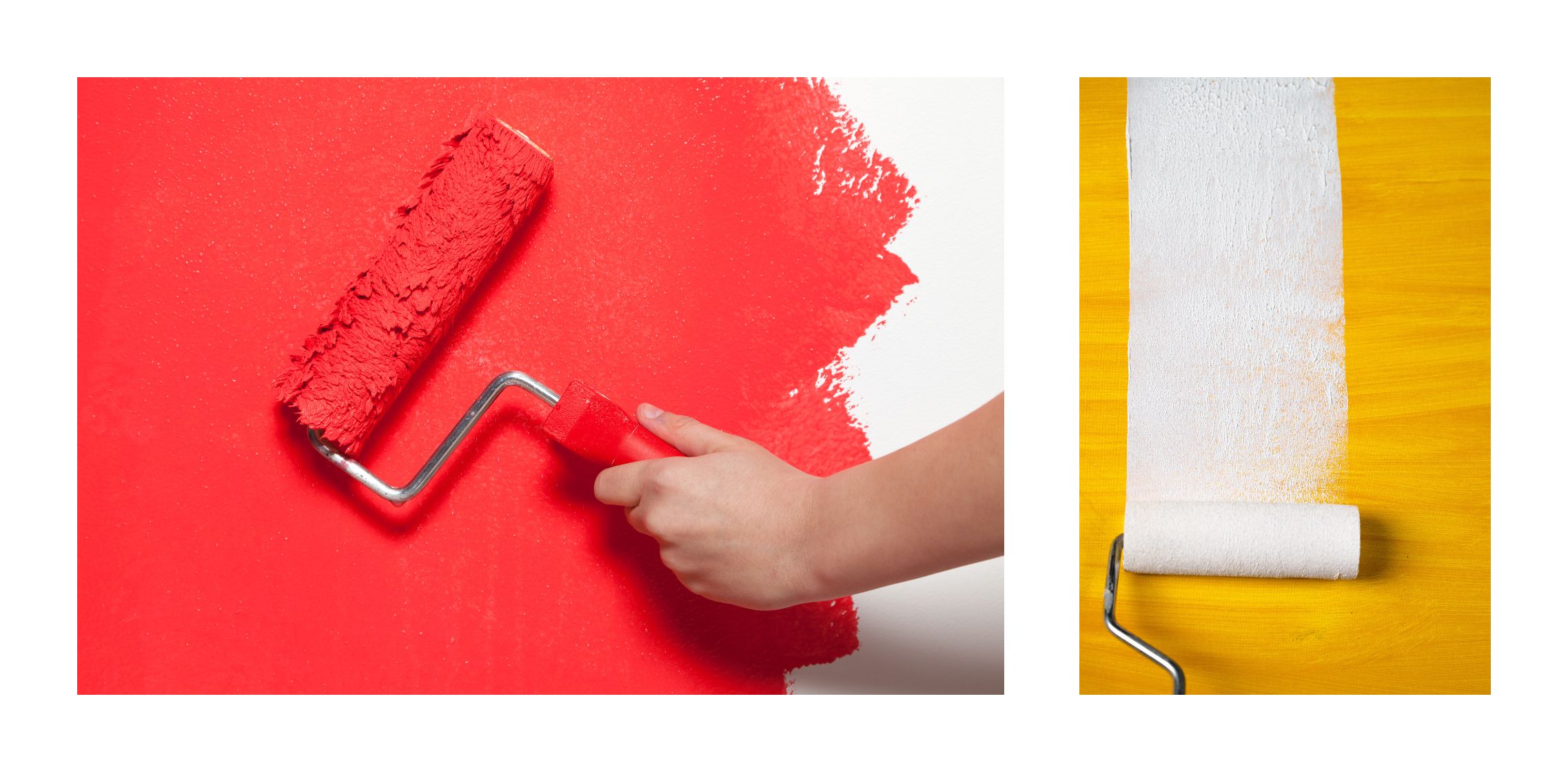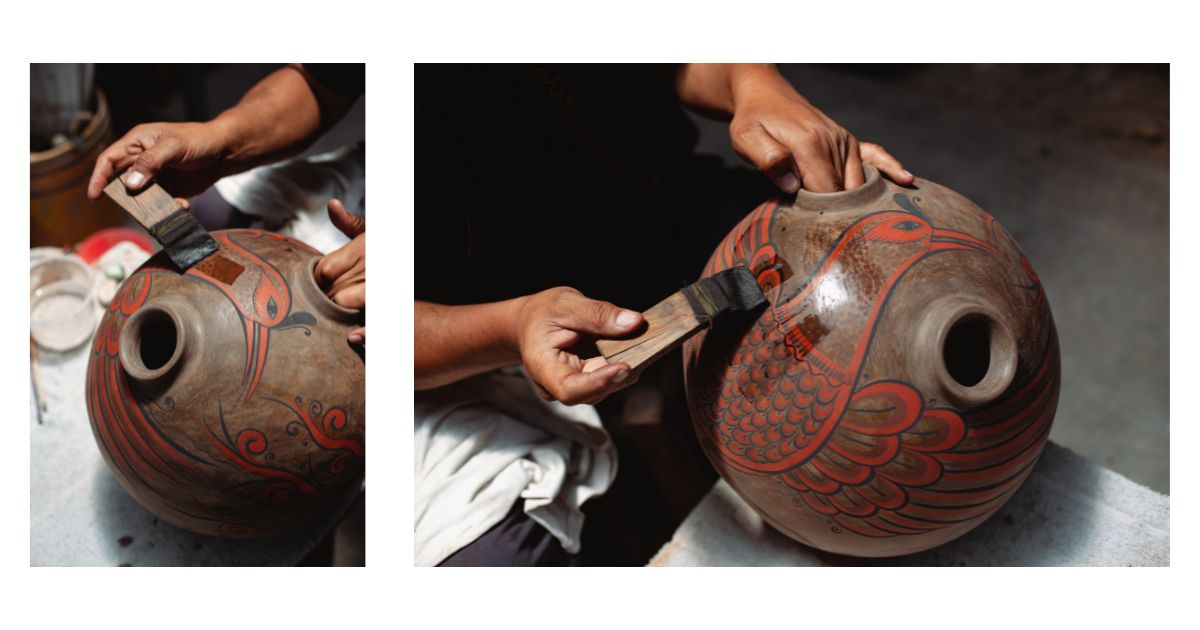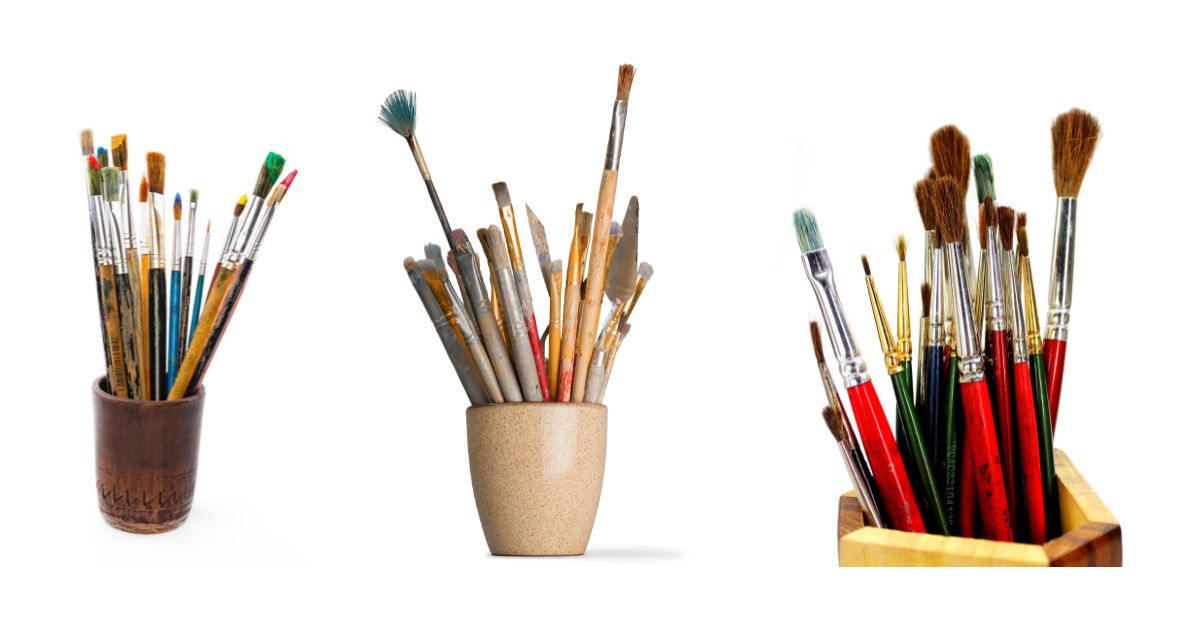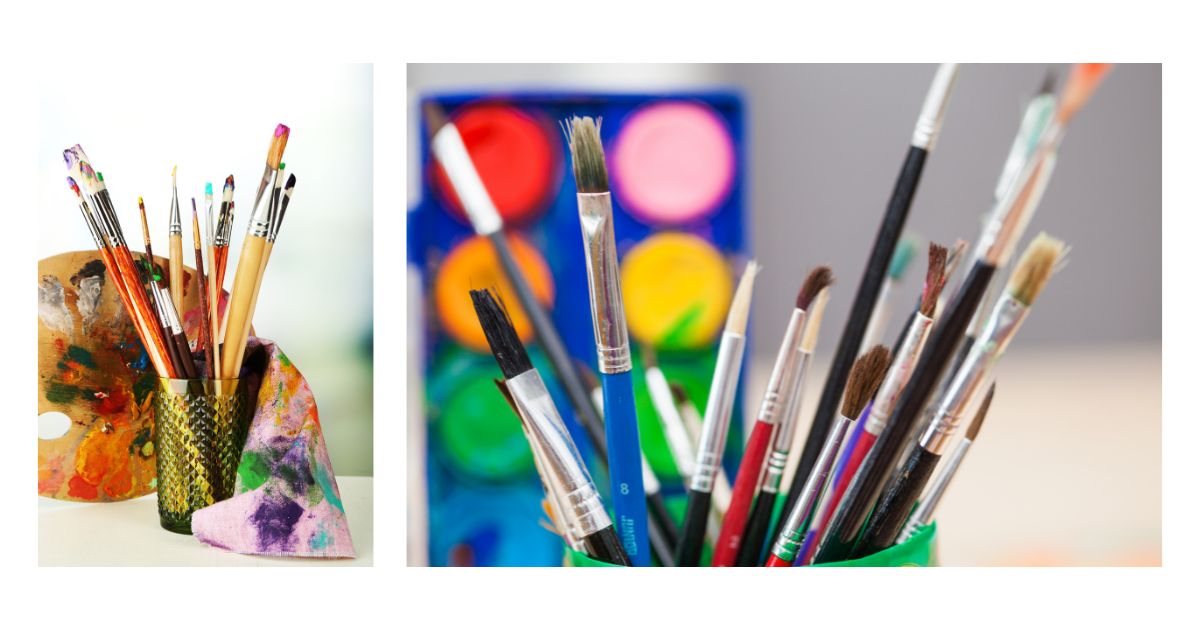When it comes to finishing drywall joints and addressing surface imperfections, drywall mud, also known as joint compound, is a popular choice. However, it’s essential to understand the limitations and techniques associated with filling gaps using this material.
In this comprehensive guide, we will explore various gap sizes and provide expert advice on how to effectively fill them with drywall mud. Let’s dive in!
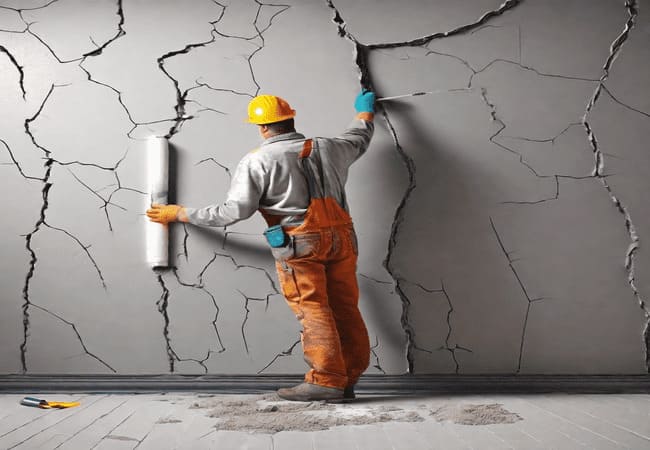
Understanding Gap Sizes and Drywall Mud
Small Gaps (Up to ¼ inch):
For gaps smaller than ¼ inch, you can directly apply joint compound without any additional materials. Ensure a smooth application using a putty knife for seamless results.
Medium Gaps (¼ inch to ½ inch):
When dealing with gaps between ¼ inch to ½ inch, it is recommended to reinforce the joint compound with mesh tape. Apply the tape over the gap and then cover it with a layer of mud using a putty knife. This method provides better adhesion and prevents future cracking.
Large Gaps (Over ½ inch):
Filling large gaps requires special attention. Instead of relying solely on joint compound, consider the following alternatives:
- a. Expansion Foam: Use a spray foam product designed for gap filling. Apply it to the gap, let it dry, and then trim off excess foam. Afterward, apply a coat of joint compound over the foam.
- b. Caulk with Filler Rope Backer Rod: This method involves filling the gap with a filler rope, such as a backer rod, and then applying caulk over it. Smooth the surface with a putty knife for a seamless finish.
- c. Plaster of Paris: Plaster of Paris can cover large gaps effectively, but it requires some experience to apply. Mix the plaster with water to create a sticky paste and use a putty knife to fill the gap. Keep in mind that plaster of Paris hardens and cannot be sanded.
Best way to fill large gaps in drywall more than 1 inch
When dealing with large gaps in drywall that exceed 1 inch, traditional methods like using drywall mud alone may not be sufficient. Fortunately, there are alternative approaches you can employ to effectively fill these substantial gaps. Here are some of the best methods:
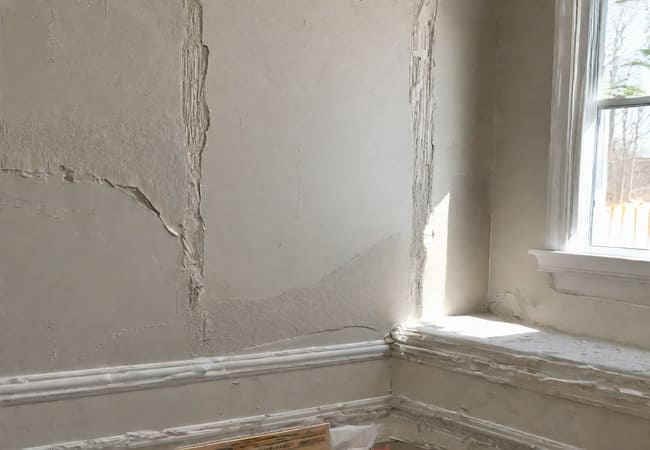
Expansion Foam
Expansion foam is an excellent option for filling large gaps in drywall. Select a suitable foam product designed for gap filling and apply it directly to the gap. As the foam expands and dries, it will create a solid and stable foundation. After the foam has fully cured, trim off any excess and apply a coat of joint compound over it to achieve a smooth finish.
Caulk with Filler Rope Backer Rod
This method involves using a filler rope, such as a backer rod, in conjunction with caulk to fill the gap. Begin by inserting the filler rope into the gap, ensuring it fits snugly. Then, apply a generous amount of caulk over the filler rope, making sure to fill the entire void. Use a putty knife to level and smooth the caulk surface. This technique provides a flexible and durable solution for large gap filling.
Drywall Patch with Supporting Material
For particularly wide gaps, you can create a custom drywall patch using thin cut wood or plywood as a supporting material. Measure the dimensions of the gap and cut the wood or plywood to fit accordingly.
Place the supporting material behind the gap, ensuring it spans the entire width. Secure it in place using screws or nails. Once the supporting material is in position, use joint compound to cover the gap and seamlessly blend it with the surrounding drywall. Sand and finish the patched area for a professional appearance.
Plaster of Paris
Plaster of Paris is an option that can effectively cover large gaps. However, it requires some experience to apply correctly. Prepare the plaster of Paris by mixing it with water to create a thick paste.
Using a putty knife, apply the plaster of Paris directly into the gap, ensuring it fills the entire void. Be aware that plaster of Paris hardens quickly and cannot be sanded, so it’s essential to work efficiently and achieve the desired finish during the application process.
Recommended Drywall Mud for Filling Gaps:
- Sheetrock Lightweight Joint Compound:
Manufactured by reputable brand USG, Sheetrock Lightweight Joint Compound is an excellent choice for addressing large gaps. Mix it with the right amount of water to achieve a glue-like consistency, and then apply it to the joint area using a putty knife. It dries within 90 minutes and provides satisfactory results. - Durabond Setting Type Joint Compound 90:
Also produced by USG, Durabond Setting Type Joint Compound 90 offers unique features. It dries to a harder consistency compared to regular joint compounds, making it more durable. However, note that it cannot be sanded. Apply it in the same manner as Sheetrock Lightweight Joint Compound for optimal results.
Conclusion:
Drywall mud, or joint compound, is a versatile material for filling gaps in drywall. By understanding the appropriate techniques for different gap sizes, you can achieve professional-looking results. For small gaps, direct application of joint compound suffices, while medium gaps benefit from mesh tape reinforcement.
Large gaps require alternative methods such as expansion foam, caulk with filler rope backer rod, or plaster of Paris. Choose the right drywall mud, such as Sheetrock Lightweight Joint Compound or Durabond Setting Type Joint Compound 90, to suit your specific needs.

